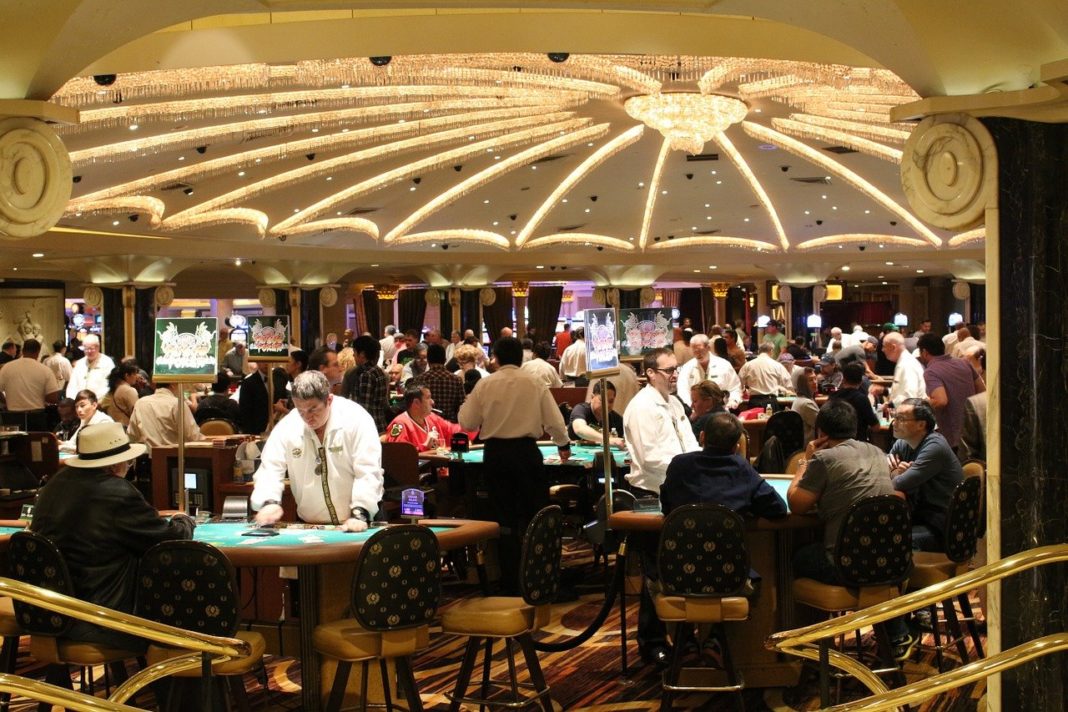Bad advice is everywhere, and one of the worst places to get it is in the gambling world. This post is all about learning how not to win money on betting 22Bet Scommesse by listening to this bad advice and mistakes. It will cover topics like when you should bet more and when you should bet less, and why emotional bets can ruin your bankroll. It also explores how to calculate odds and what biases affect your prediction decisions.
No matter what kind of gambler you are, there are things you can learn from this post. So sit back, relax, and enjoy your learning experience!
When should I bet more?
The simplest and most common bad advice is to bet more on your “sure thing”. It’s often recommended that if a game seems like it will end in a blow-out, then it makes sense to bet more because the chances of the game being close and going into overtime are much lower.
But is this really true? Let’s look at some data. In football (soccer), what determines the odds of a team winning is the score differential at halftime. If a team is +2 (1 goal up) at halftime, they have a 60% chance of winning.
Here is a histogram showing the odds of teams being +2 (one goal up) at halftime for the top leagues in Europe between 2006 and 2013. As you can see, there are two distinct peaks: one around -2 and another at 0.
And here are the odds of scoring 2 goals between 2006-2013 for all teams in all leagues in Europe. The y-axis shows probability density, so higher bars mean more goals were scored at that score differential. As you can see, there is only a very low chance of scoring 2 or more goals at a score differential that low. The chances of scoring 3 or 4 goals are even lower.
I thought this looked interesting and so I went digging for more data, but it turns out to be surprisingly difficult to find reliable information about football games and their probabilities of having draws or blow-outs in real-time. I don’t think there is anything wrong with the underlying assumption about how odds work, it’s just that not many people know how to use the data properly and most gamblers aren’t interested in learning this anyway (I asked some of the betting sites and none provided any useful data).
The main problem is that most gamblers use the betting line to determine the probability of each outcome, which is wrong. The betting line is just an average (like a weighted average) of what people think might happen, but it’s not how you should estimate probabilities.
Here is a comparison between betting on the point spread in football and estimating probabilities with a binomial distribution:
As you can see, the binomial distribution overestimates probabilities quite significantly. The small peak at ~+2 is due to overtime games, which are often impossible to predict using statistics because there are so few of them.
We’ve already discussed why you shouldn’t use the betting line to estimate probabilities, so I don’t want to spend too much time on this, but the main consequence of using the betting line instead of the binomial distribution is that you will always bet more than you should.
Another issue with using the betting line is that different sports have different numbers of games played during a season (for example, in football leagues there are only three games per week). This means that there are more distinct outcomes per season (a team can lose, draw or win) than in other sports.









